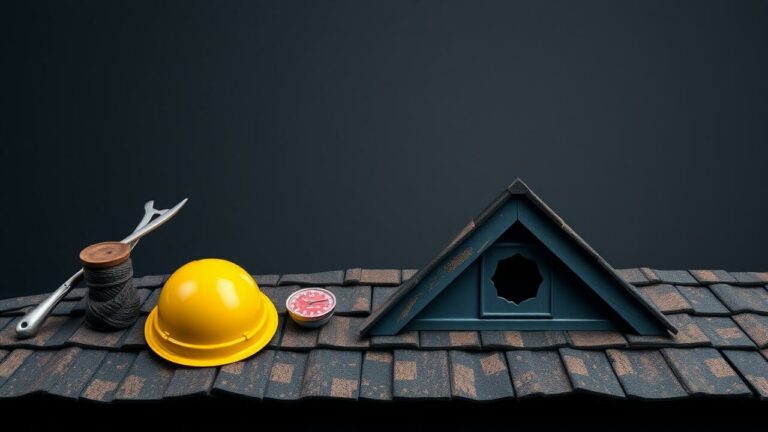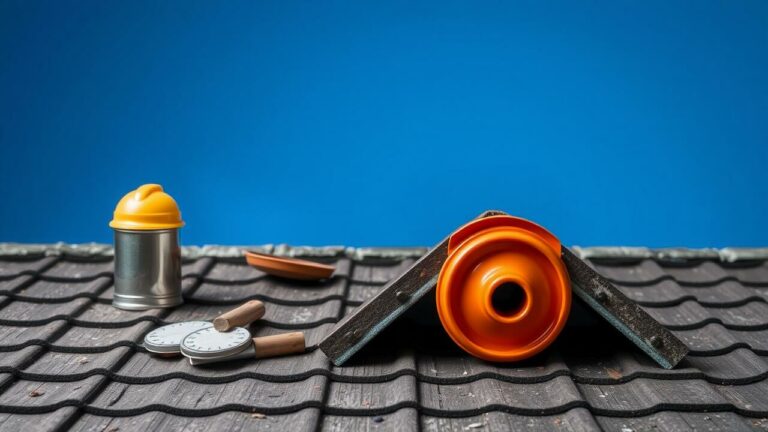Installing a New Roof
Securing the Roofing Shingles
To secure the roofing shingles properly, it is crucial to start at the bottom of the roof and work your way up. Begin by placing the first row of shingles along the edge of the roof, making sure they overhang the edge slightly for proper water drainage. Use roofing nails to secure the shingles in place, placing them about 6 inches apart along the top edge and middle of each shingle. Make sure to drive the nails in straight to prevent any damage to the shingle material.
Once the first row is in place, continue adding rows of shingles, overlapping each row to ensure water runs off the roof efficiently. Remember to stagger the shingle seams to create a stronger and more secure roof structure. As you progress upwards, ensure that each shingle is securely fastened with nails in the designated areas. Take your time to check for any loose shingles and readjust them as needed to guarantee a tight and durable roof finish.
Nailing Shingles in Place Correctly
When nailing shingles in place during a roofing installation, it is crucial to ensure that each shingle is securely fastened to prevent any potential issues in the future. Start by positioning the shingle in the designated location, making sure it aligns correctly with the ones surrounding it. Then, using the appropriate type and length of nails, gently hammer them into the pre-marked nail line on the shingle. Be cautious not to overdrive the nails, as this could cause damage to the shingle and compromise its effectiveness in protecting your roof.
Additionally, pay close attention to the recommended nailing pattern for the specific type of shingle you are using. Different shingle manufacturers may have slightly different guidelines for nail placement to optimize the shingle’s performance. Be diligent in following these instructions to ensure that the shingles are properly secured and will be able to withstand various weather conditions. Properly nailed shingles not only contribute to the overall aesthetic appeal of your roof but also play a significant role in its longevity and durability.
Adding Finishing Touches
Installing flashing around the roof edges is an essential step in finishing off the new roof installation. Flashing helps to prevent water from seeping into the underlying structure, ultimately enhancing the roof’s durability. To properly install flashing, make sure to cut the flashing material to the correct size, ensuring a snug fit against the roof surface. Use roofing nails to secure the flashing in place, making sure there are no gaps or areas where water could penetrate.
After the flashing is in place, conduct a final inspection to check for any loose shingles or gaps in the roofing material. It is crucial to address any issues during this stage to prevent potential leaks in the future. Additionally, ensure that all roofing materials are properly sealed and secure. Taking the time to add these finishing touches will not only improve the aesthetic appeal of the roof but also contribute to its overall longevity and functionality.
Installing Flashing Around Roof Edges
To install flashing around the roof edges, it is important to first measure the length of the edges that need flashing. Cut the flashing material accordingly, ensuring that there is enough to cover the entire edge with a slight overlap for proper protection against water infiltration. Use a metal cutter or shears to make precise cuts in the flashing material, and ensure that the edges are straight to provide a seamless fit along the roof edge.
Next, carefully place the flashing along the edge of the roof, starting from one end and working your way to the other. Secure the flashing in place using roofing nails or screws, making sure to place fasteners at regular intervals to prevent any movement or sagging. It is crucial to properly seal the joints and edges of the flashing with roofing cement to create a watertight seal that will protect the roof edges from leaks and damage.
Conducting a Final Inspection
After completing the installation of the new roof, it is crucial to conduct a thorough final inspection to ensure that everything is in place and that the roof is properly installed. Begin by checking for any loose shingles or areas where the shingles may not be securely fastened. Pay close attention to the edges and corners of the roof, as these areas are more prone to issues.
Next, inspect the flashing around the roof edges to make sure it is correctly installed and sealed. Proper flashing is essential to prevent water from seeping underneath the shingles and causing damage to the roof structure. Additionally, examine the overall appearance of the roof to ensure that it looks neat and professional. A final inspection is essential to catch any potential issues before they escalate into larger problems over time.
Checking for Any Loose Shingles
Check for any loose shingles by gently walking around the perimeter of the roof. Look for any shingles that appear to be lifted or not securely in place. If you notice any shingles that are not properly seated, carefully press them down to ensure they are snug against the roof surface.
In addition to visually inspecting the shingles, give them a slight tug to test their stability. Loose shingles can be a potential entry point for water and may lead to leaks in the future. By identifying and fixing any loose shingles now, you can prevent more significant issues down the road.
Cleaning Up the Work Area
Cleaning up the work area after installing a new roof is a crucial final step in the process. Removing all debris, materials, and tools from the roof and the surrounding area ensures a safe and clean environment. Begin by packing up all tools and equipment used during the installation and store them in a designated area. This will prevent any accidents and keep the workspace organized for future projects.
Next, gather and dispose of all old roofing materials properly. Old shingles, nails, and any other debris should be collected and disposed of in accordance with local waste management regulations. Recycling materials whenever possible is also a great eco-friendly option. Once the work area is cleared of all debris, perform a final inspection to ensure that everything is neat and tidy before considering the project complete.
Properly Disposing of Old Roofing Materials
Proper disposal of old roofing materials is a crucial step in the roof installation process. When removing old shingles, it is important to handle them with care to prevent any environmental hazards. Additionally, proper disposal ensures that the materials are safely removed from the work area, reducing the risk of accidents during the installation of the new roof.
To dispose of old roofing materials correctly, you can consider renting a dumpster or contacting a local waste disposal service. These professionals can assist in the proper disposal of the materials, meeting any environmental regulations or guidelines that need to be followed. By responsibly disposing of old roofing materials, you can ensure a safe and clean work environment for the installation of your new roof.
FAQS
How long does it typically take to install a new roof?
The time it takes to install a new roof can vary depending on the size of the roof, the materials being used, and the experience of the roofing team. On average, it can take anywhere from a few days to a week to complete the installation.
Do I need any special tools or equipment to install a new roof?
Yes, you will need a variety of tools and equipment to install a new roof properly. Some common tools include a hammer, nails, roofing shingles, a ladder, a nail gun, and safety gear such as gloves and goggles.
Can I install a new roof on my own, or do I need to hire a professional?
While some homeowners may have the skills and experience to install a new roof on their own, it is generally recommended to hire a professional roofing contractor. A professional will ensure the job is done correctly, safely, and in compliance with building codes.
How often should I inspect my new roof for any issues?
It is recommended to inspect your new roof at least once a year, especially after severe weather conditions such as heavy rain or strong winds. Regular inspections can help identify any potential issues early on and prevent costly repairs in the future.
What are some common signs that indicate a need for a new roof?
Some common signs that indicate a need for a new roof include missing or damaged shingles, water leaks in the attic, visible signs of mold or mildew, and sagging or uneven areas on the roof. If you notice any of these issues, it may be time to consider installing a new roof.







